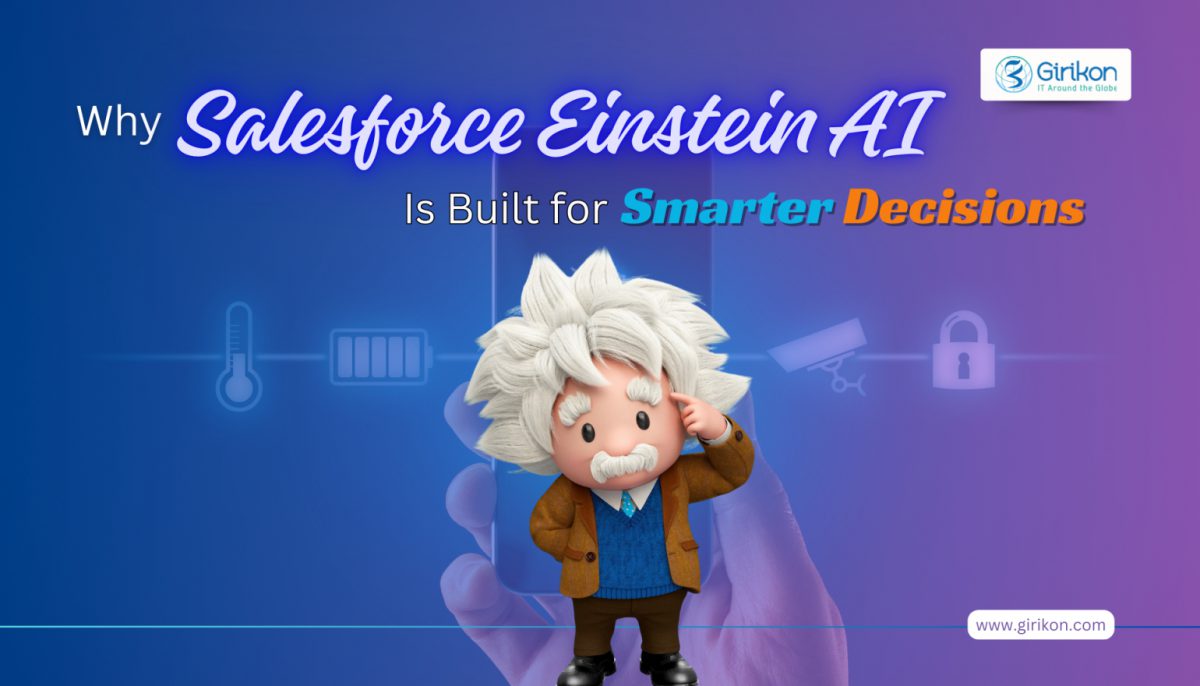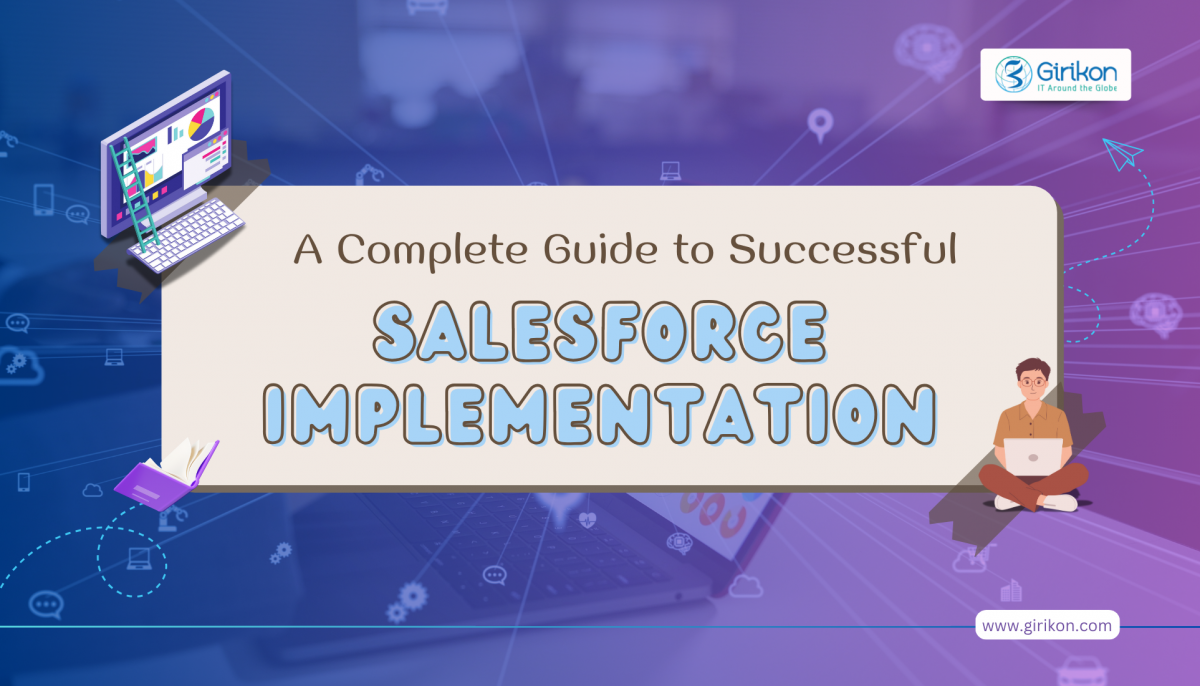Our Blogs
Salesforce is a leading name in the CRM space due to the wide array of features, functionalities, and components offered by it. Regardless of their size and business domain, businesses across the globe are leveraging this robust platform to resolve their unique business while enjoying operational efficiency. However, implementing Salesforce is easier said than done as user adoption problems arise due to cultural change in the organization. It is worth partnering with a certified Salesforce consultant if you wish to ensure a seamless implementation journey.

Let's discuss in detail the common Salesforce adoption problems and ways to tackle them:
Resistance to Change: Employees usually show resistance when they are expected to handle a newly implemented system, primarily when they haven't dealt with the same beforehand. It is essential to understand the reasons behind this resistance, which mainly includes the absence of understanding and training. Before embracing Salesforce, abundant training and support should be provided to the users.
Data Inconsistency: Several users associate their CRM with different users, which may impede their data inconsistency. It's suggested to use Salesforce as the center of all their data and acquit themselves with different frameworks from that point onwards. It is crucial to note that old, fragmented and obsolete data decreases the legitimacy of their Salesforce reports and frameworks and drives sales reps crazy.
Complicated Entries: It becomes difficult for Salesforce users to work on long page layouts and unwanted fields as long page layouts require too much scrolling. At the same time, too many areas contribute to insufficient data. It is essential to keep it short and straightforward to ensure that users can gather data without hassle.
Absence of meaningful reports and dashboards: Salesforce reserves a vast amount of data, and it can be leveraged to generate actionable insights. However, users tend to lose interest if the reports generated are vague, which drastically impacts the adoption rate.
Not Leveraging the Complete Potential of Salesforce Workflows: Not utilizing Salesforce workflows is a common blunder, which Salesforce users usually commit as Salesforce workflows can help increase productivity by sending reminders for renewal, auto emails, notifications regarding stale opportunities, and more.
How to Tackle Issues Related to Adoption?
Begin with a Pilot Project: It's essential to do a pilot project before implementing a system. In this way, testing can be performed, gaps can be identified, and user's requirements and practical issues can be understood. To run a pilot project, it's important to select a user group and provide them with the necessary training materials to run the platform effectively.
Understand End-user Requirement: To implement Salesforce successfully, it is important to loop in the Sales team and discuss with them the dashboards, reports, features, and functionalities. By considering their viewpoint, it will be easy to streamline Salesforce configuration while increasing the user adoption rate. It is crucial to articulate the arrangement and set their expectations from day one. Users need to focus on a strategy that not just fits all the requirements of the stakeholders but is also consistent with their workforce.
Training: Quality training should be provided to users to understand the basic motive behind implementing Salesforce and how it can benefit them. With proper training, users can tackle errors that might arise during the Salesforce journey.
Quick Wrap-up:
In a nutshell, it can be inferred that the success and failure of a newly implemented system depend mainly on how well users are accustomed to its' usage. The better the users are adapted to the system, the greater are the chances of achieving higher ROI. By partnering with one of the best Salesforce consulting companies, organizations can ensure a greater adoption rate.

 +1-480-382-1320
+1-480-382-1320 +44-7428758945
+44-7428758945 +61-1300-332-888
+61-1300-332-888 +91 9811400594
+91 9811400594


















